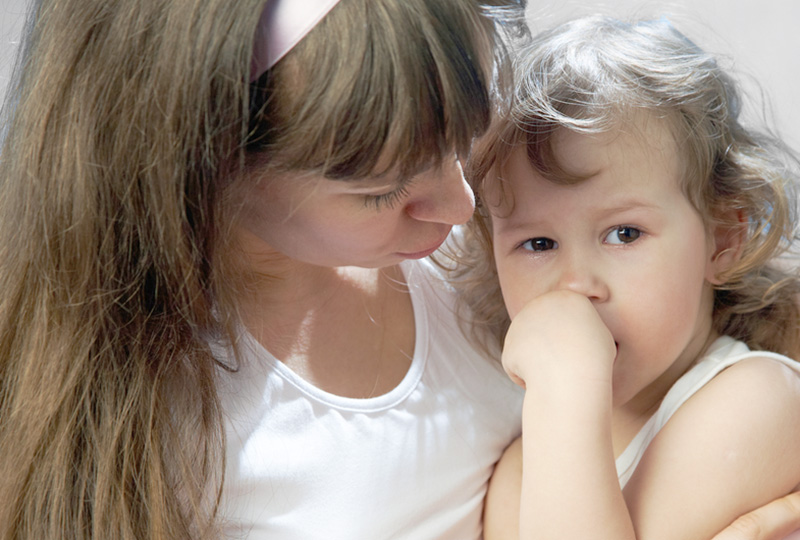A pediatric neurologist shares how parents can help their children during seizures and what to do after a child has a seizure.
Parents who witness their children having seizures can feel helpless and afraid. We asked Kevin Ess, M.D., Ph.D., the director of Pediatric Neurology at Monroe Carell Jr. Children’s Hospital at Vanderbilt, to answer parents’ questions about how to respond to a child’s first seizure.
What do I do if my child is having a seizure?
- Remain calm. Seizures are scary, but your child is safer if you stay calm. In most cases, seizures last fewer than 5 minutes and usually stop on their own.
- Roll your child onto his or her side.
- Remove any objects your child might hit. Try to cushion the head.
- Do not restrain or hold the child down.
- Loosen any clothing around the child’s head and neck.
- Do not put anything in the child’s mouth.
- When the seizure is over, talk to your child gently and stay there until your child is well enough to return to usual activities.
- It’s normal to be sleepy after a seizure. You may let your child sleep.
- Do not give your child anything to eat or drink until he or she is awake and alert.
“We recommend getting emergency medical evaluation the first time a child has a seizure so that they can be acutely assessed and stabilized,” said Ess. After the event, it’s important to determine if the event was actually a seizure. An exam can find abnormalities that increase the risk for developing epilepsy or the possibility of future seizures.
What causes seizures in children?
A seizure does not necessarily mean your child has epilepsy, which is defined as a condition of recurring and non-provoked seizures. Many first seizures in children have a provoking cause. Known causes of pediatric seizures include fever, head injury, low blood sugar or dehydration. Seizures related to fever are common in young children and are usually outgrown by 5 or 6 years of age. Most of these children never have another seizure and do not need treatment.
“We have a team of nationally recognized experts at Children’s Hospital to diagnose seizures in children,” said Ess. “Families have rapid access to our night clinic. Children can also be assessed in our new onset seizure clinic, our daytime neurology clinic or the epilepsy monitoring unit. Forty percent of our patients see a doctor within five days.”
If doctors cannot find a provoking cause or your child has a second unprovoked seizure separated by at least 24 hours, there usually should be a follow-up exam and evaluations to assess for epilepsy or other conditions.
How will my child’s seizure be assessed during a clinic visit?
Your child will have an electroencephalogram, or EEG, to record brain activity. An EEG records the electrical activity of the brain and may help determine the potential for more seizures. An EEG is usually scheduled on the same day as the clinic visit.
You’ll be asked about your child’s medical history and a neurologic exam will be performed. It’s important for parents to provide details about the child’s seizure. It’s best if the person who witnessed the seizure writes down everything about the event as soon as possible.
Based on results from the EEG, medical history and exam, your child may be scheduled for a brain MRI to evaluate brain structure but not every child needs brain imaging after a seizure.

Monroe Carell Jr. Children’s Hospital at Vanderbilt brings together multiple experts in pediatric neurology, pediatric neurosurgery, pediatric neuroradiology, psychologists, dieticians, pharmacists and nurses, all working to care for patients not just as those with epilepsy but as whole children. The Comprehensive Epilepsy Clinic offers expertise in difficult-to-treat seizures and comprehensive epilepsy management, including medications, diet and surgical options tailored to each child.

